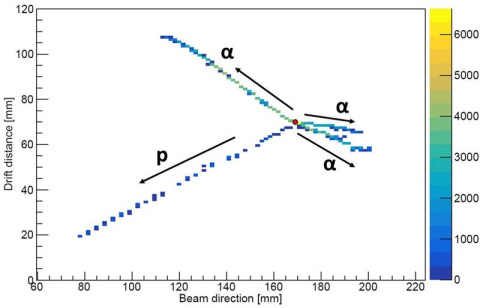
For the first time, scientists observe a new and rare decay mode where oxygen-13 breaks into three helium nuclei and a proton following beta decay.
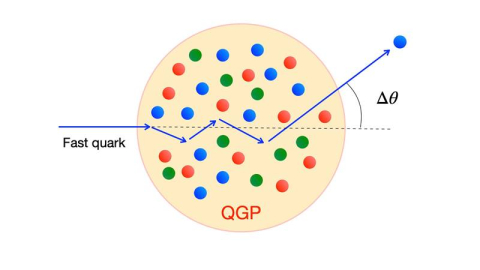
New calculations suggest that high energy quarks should scatter wider and faster in hot quark matter than can be accounted for by local interactions.
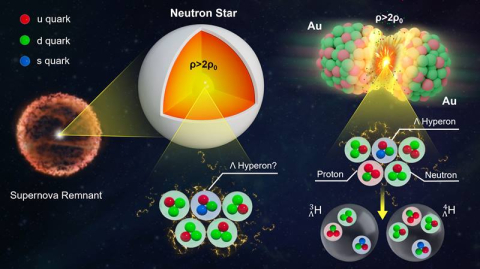
First measurements of how hypernuclei flow from particle collisions may give insight into the strange matter makeup and properties of neutron stars.
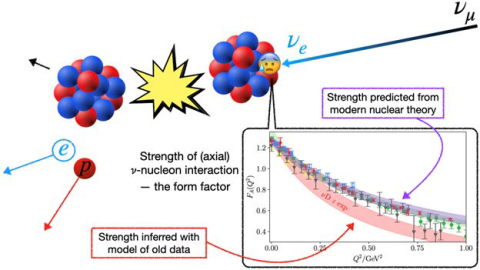
Modern nuclear theory predicts that nucleons appear less “squishy” when probed with neutrinos than was previously inferred from experimental data.
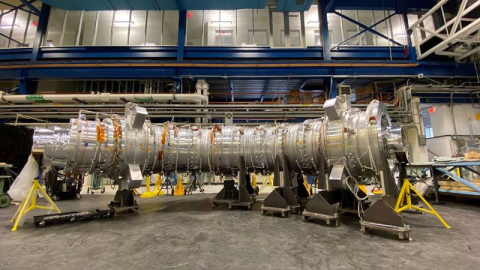
Nuclear “filters” will aid in searches for new-physics events occurring with odds of one in 100 quadrillion.

Researchers worked out how to efficiently prepare wave functions for the lithium-6 nuclear ground state and implemented those on quantum hardware.
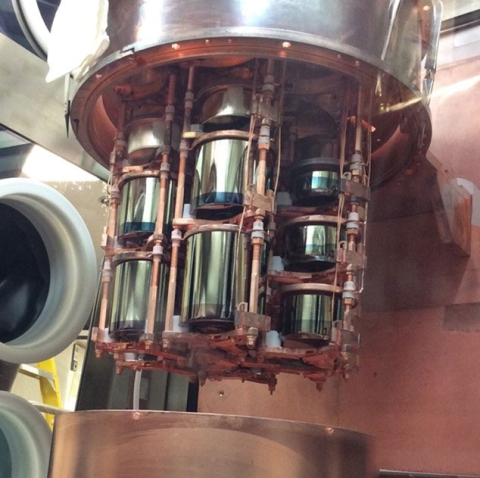
If observed, neutrinoless double-β decay would have changed our view of the Universe.
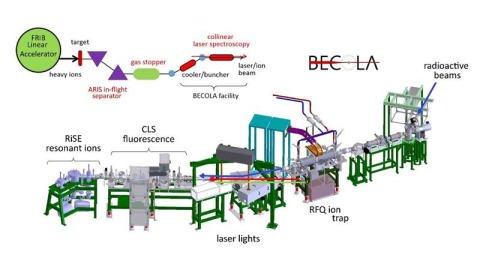
By reanalyzing the distribution of active protons in nuclei, researchers found a possible solution to a particle physics puzzle involving quarks.
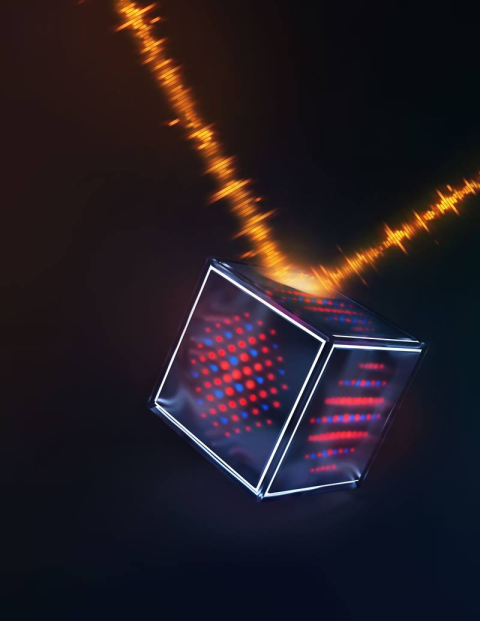
For the first time, the error correction process significantly enhances the lifetime of quantum information.

Nuclear physicists find evidence of superradiant states by looking at the alpha decay of excited states in mirror nuclei.

